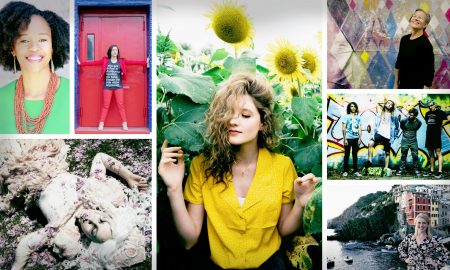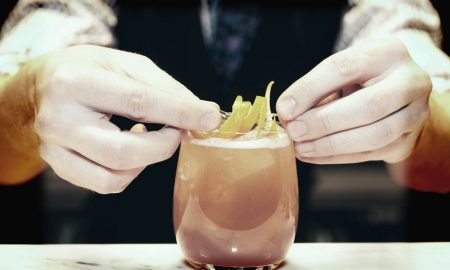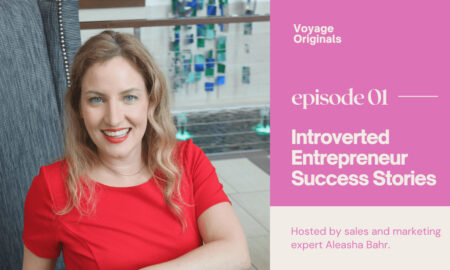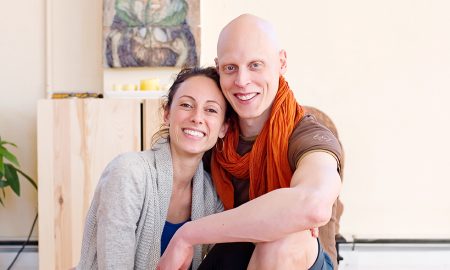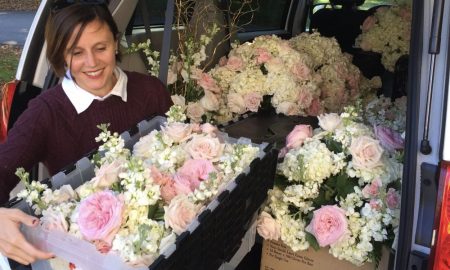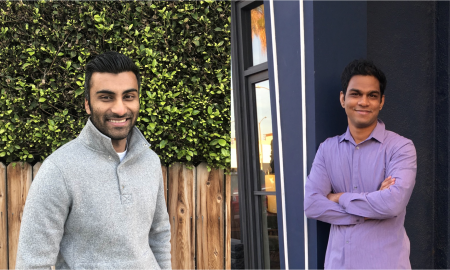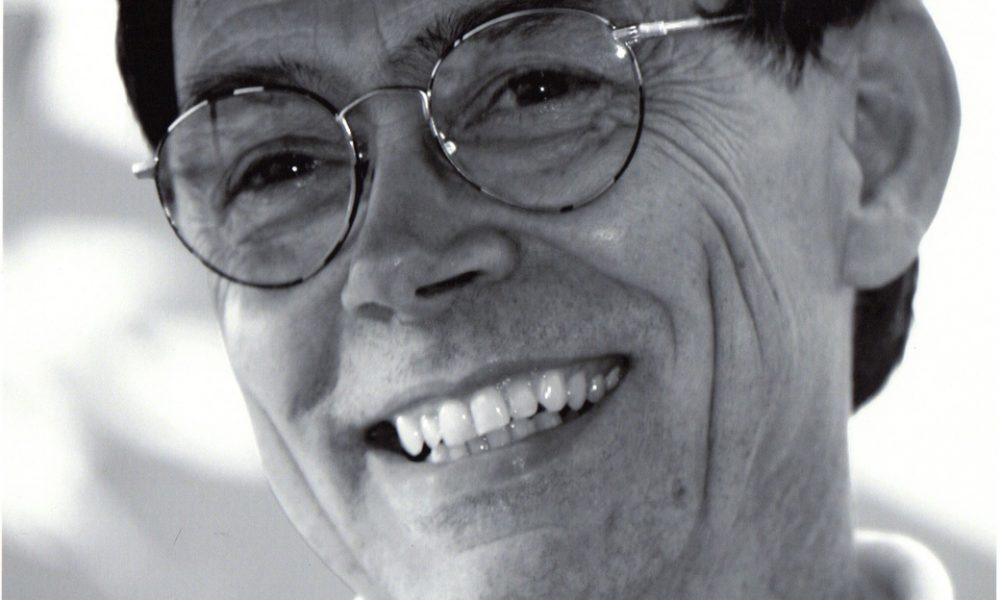

Today we’d like to introduce you to Bob Bass.
Every artist has a unique story. Can you briefly walk us through yours?
Like so many other photographers, my interest in photography has been life-long, sparked by a Brownie Kodak in early days and various more advanced cameras into my adulthood. A 35 mm Pentax Spotmatic film camera, given to me as a present when I finished my graduate school work (many years ago), led to some introductory coursework, and from that time I was hooked with photography as a hobby. Two things changed my hobby to a passion: 1) the advent of digital photography, providing immediate feedback, and 2) an affiliation with a Center for the Arts where I first hear the word “art” applied to my work by others. Since retirement about 6 years ago, I have been able to spend a great deal of time with my photography. I also co-founded a Photo Group under the Bedford Center for the Arts (BCA) umbrella. Through this BCA Photo Group, I have met many talented photographers and learned a great deal from outside speakers and critiques at our monthly meetings. And my passion for photography has grown.
Please tell us about your art.
My work has been eclectic, including abstract black & white photography, “street” photography (both candid and interactive work), and more recently, landscapes with long exposures, mostly in black and white. I am still in the exploratory stage and enjoy getting involved in new genres of photography.
Long exposures fascinate me because they reveal in a single image a reality–the average of an infinite number of changes in the subject over time– that cannot be seen otherwise. To capture these images, I use a tripod to hold the camera in place, a timer to generate an extended exposure, and neutral density filters to greatly diminish the amount of light entering the lenses thus preventing overexposure of the image.
I offer my images to the public for several reasons. First, I hope they see them as interesting or beautiful. But I also hope they see the communication that is happening – between me and the subject, between me and the scene, and best of all, between the viewer and whatever is in the photo. Recognizing that connection is what inspires every image I capture.
Dorothea Lange said that, “a camera is an instrument that teaches people how to see without a camera”. Being a photographer has taught me to look at the world in a different way, to notice beauty in simplicity, and this causes me to want to communicate what I perceive to others.
What do you think about conditions for artists today? Has life become easier or harder for artists in recent years? What can cities like ours do to encourage and help art and artists thrive?
Good questions. I think that life as a photographer has become incredibly easier technically and financially with the advent of digital photography. Even the less expensive digital cameras offer so many more features and capability than the older film cameras and they provide immediate feedback and low cost/image. On the other hand, being a photographer who is noticed has gotten much more difficult in the age of “everyone is a photographer”. I think that serious photographers need to spend a great deal of time and effort into trying to offer something that expresses a personal way of looking at the world around us. The photography part is always wonderful; the marketing of serious photography is an increasing challenge.
I think that Boston and the metropolitan area have done a great job at offering resources and opportunities for photographers and other artists. There are many galleries, institutions and museums that host formal and informal education as well as juried shows and portfolio reviews. Camera clubs are excellent ways for beginning photographers to hear some of the region’s best photographers and to meet others who direct field trips and image reviews. Public libraries are also great resources for online courses and many offers exhibition space for emerging artists to display their work.
How or where can people see your work? How can people support your work?
My work has been accepted for juried shows at a number of galleries in Eastern Massachusetts, including:
• Concord Art
• Umbrella Community Arts Center
• Griffin Museum
• Bedford Free Public Library
• Cary Memorial Library in Lexington
• Grace Chapel
• Bedford Arts and Crafts Shows
• Gallery Seven in Maynard
• Lawrence Heritage State Park
My work may also be seen at my website, https://bobbass.zenfolio.com, as well as along with the work of other members of the BCA Photo Group at http://bcaphoto.org.
Thanks for the question about how people can support my work! Feedback is often hard to get, so I hope people will visit the galleries and attend shows and let me know what they think about my work. I love opportunities to show my work and welcome those who encourage me by offering opportunities to do this. Of course, the greatest support is the purchase of a picture. People who see my work in a show or on my website can get in touch with me if they are interested in talking with me or in acquiring one of my pictures.
Contact Info:
- Website: bobbass.zenfolio.com
- Email: rwbass5@comcast.net
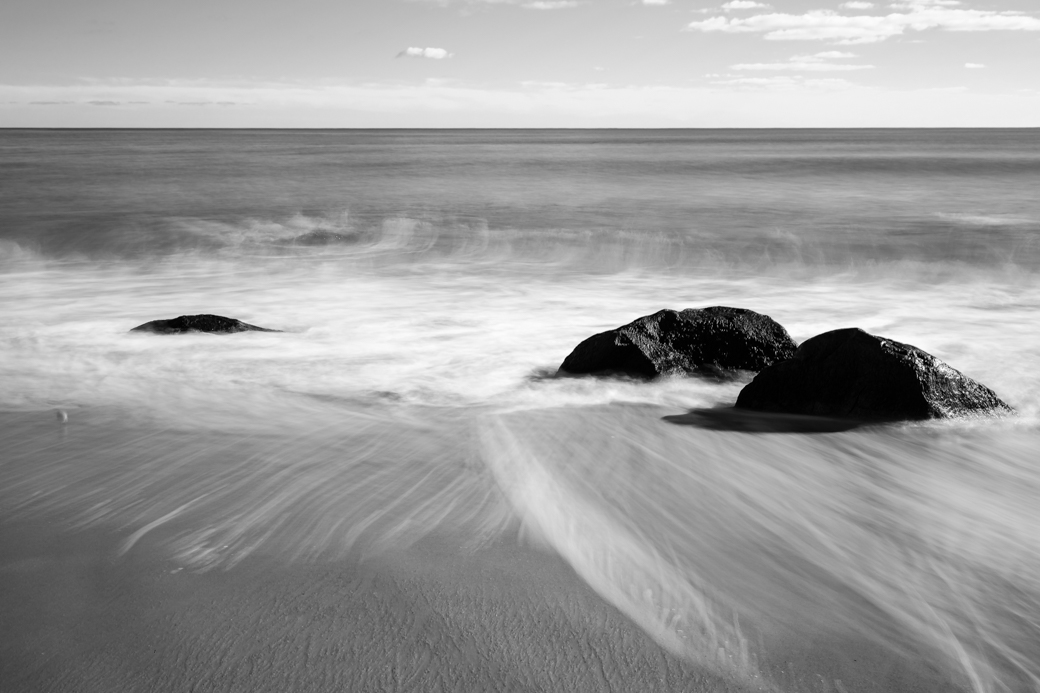
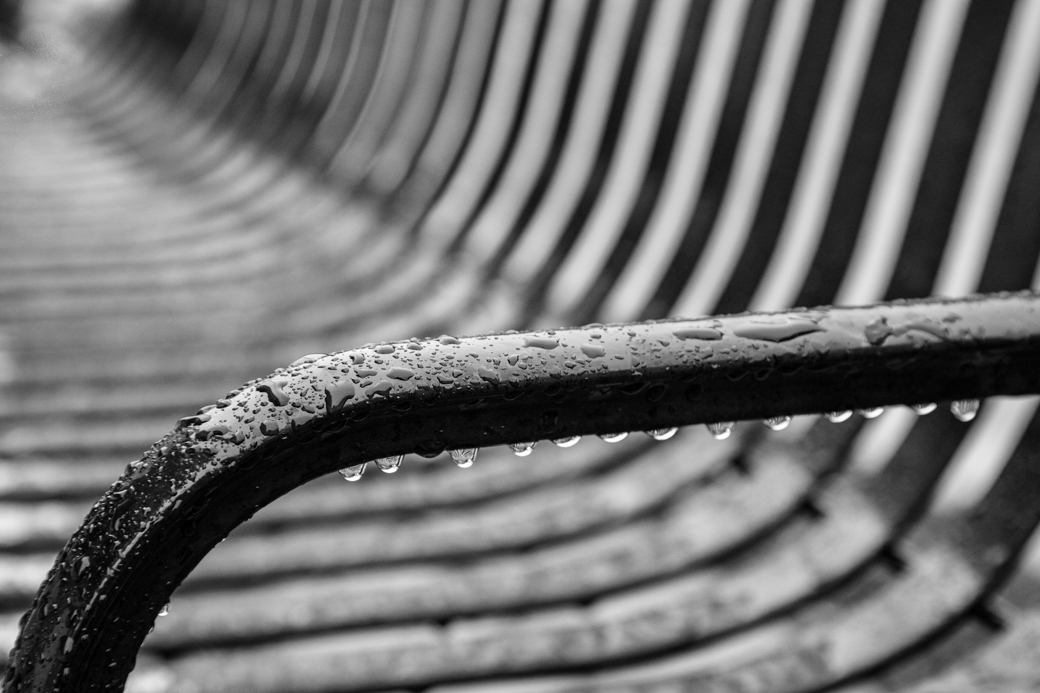
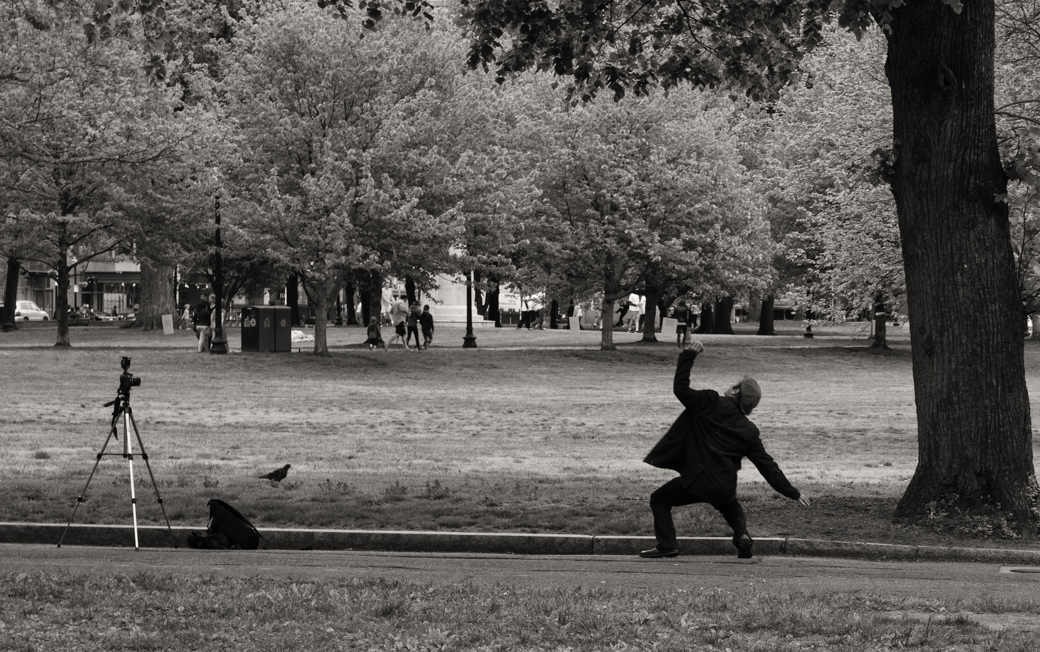
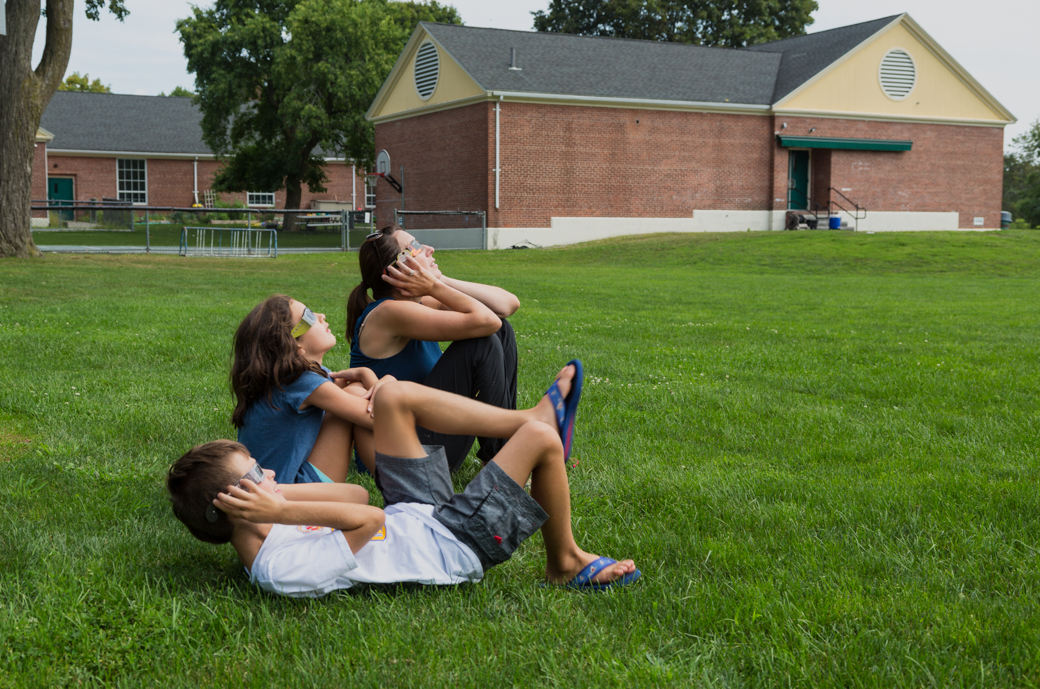
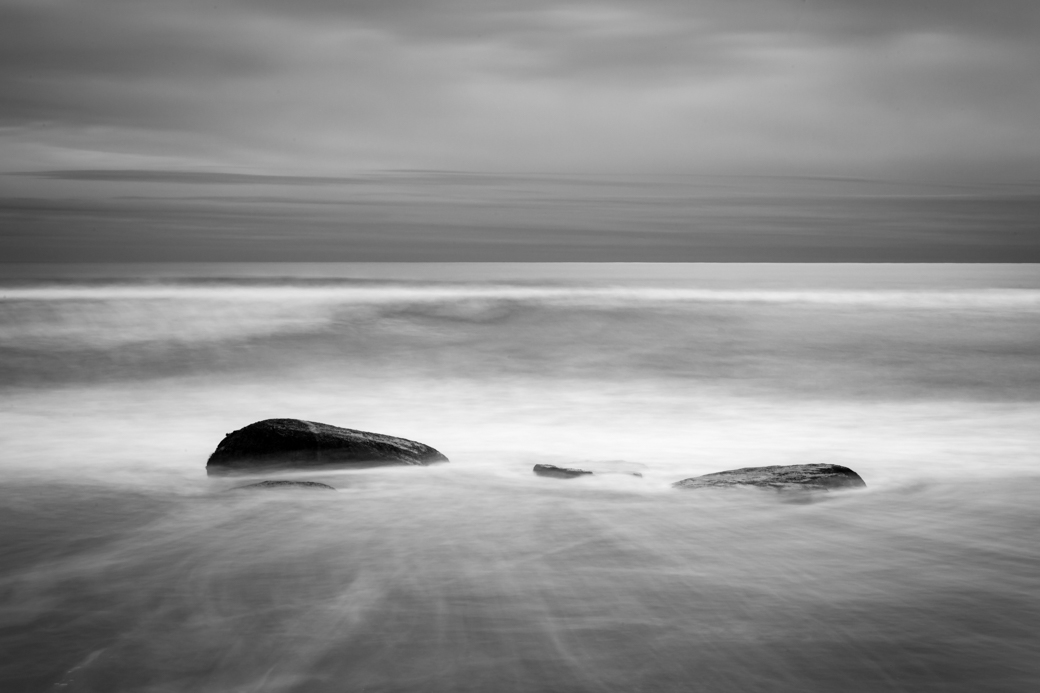
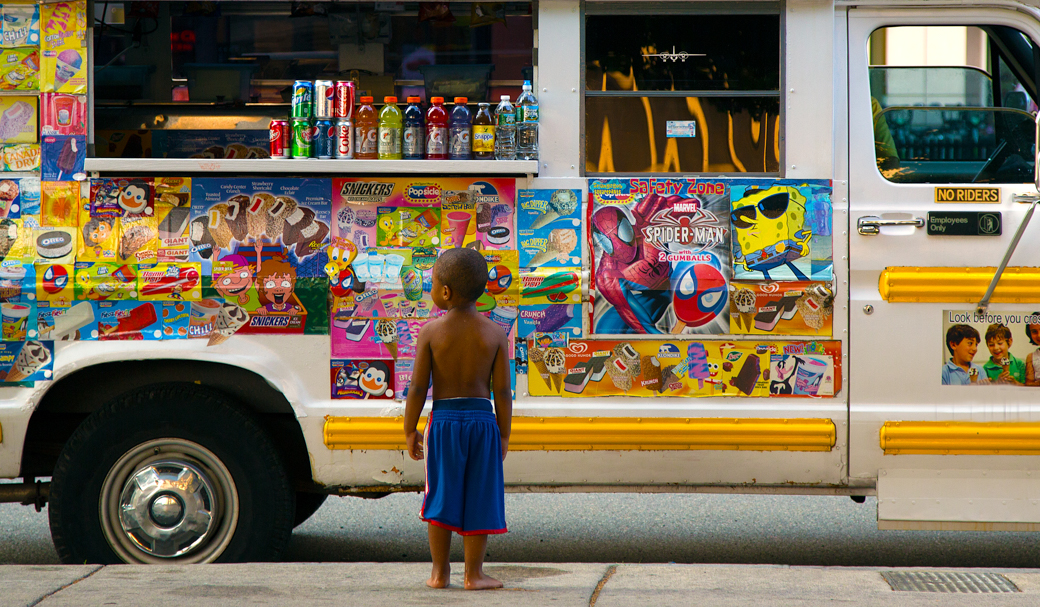
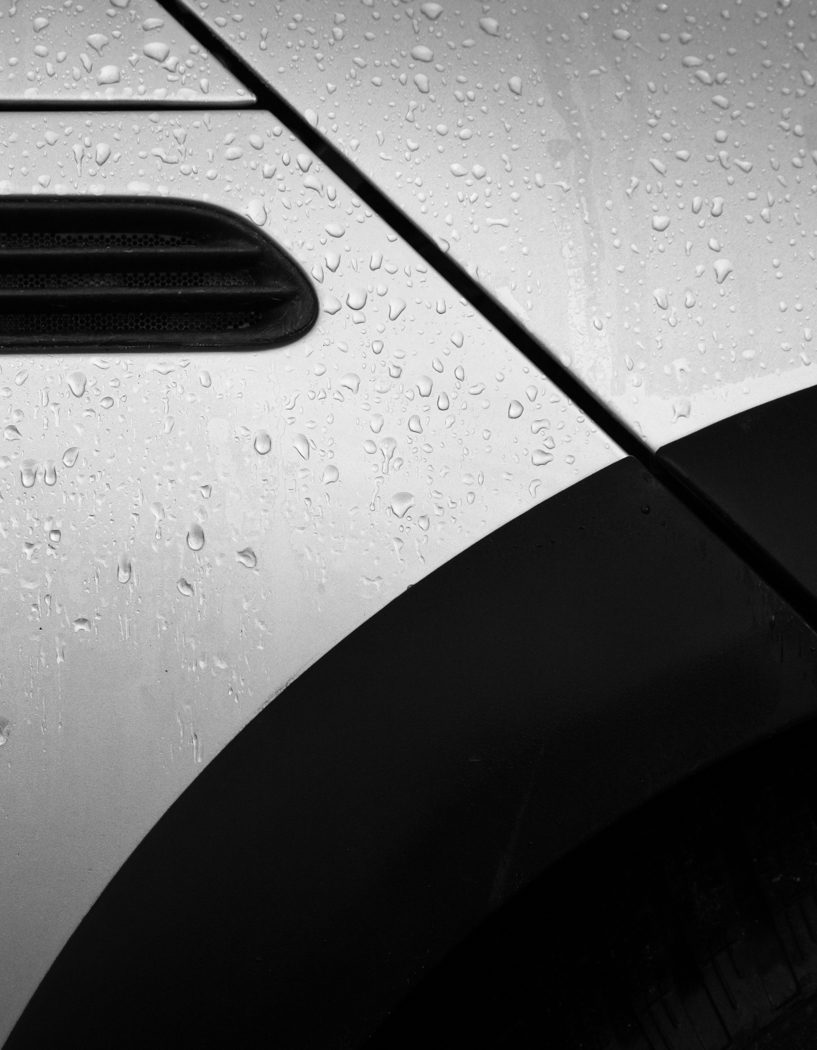
 Image Credit:
Image Credit:
Bob Bass for all of my images; Sing Hanson for my picture.
Getting in touch: BostonVoyager is built on recommendations from the community; it’s how we uncover hidden gems, so if you know someone who deserves recognition please let us know here.

